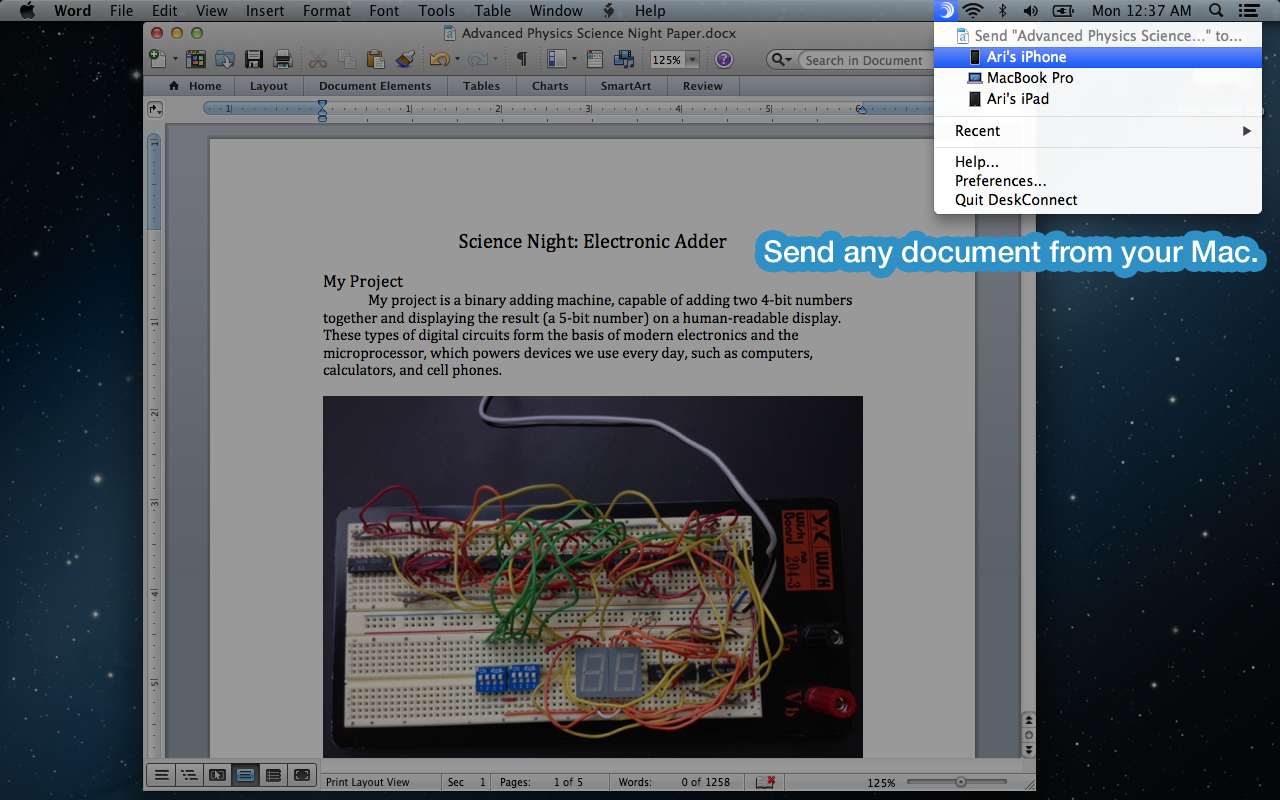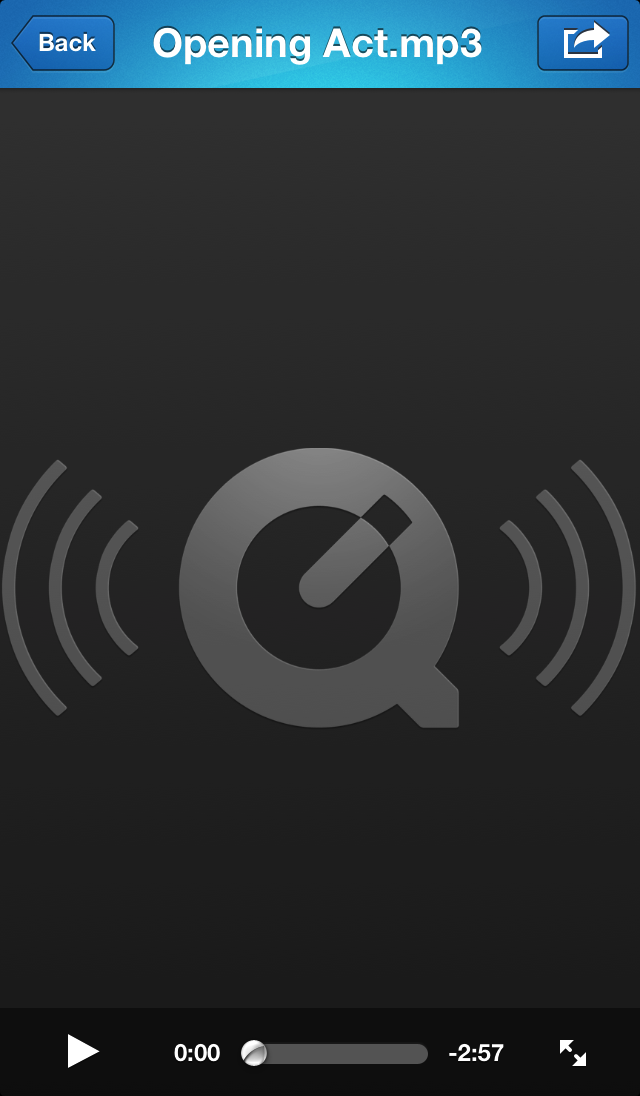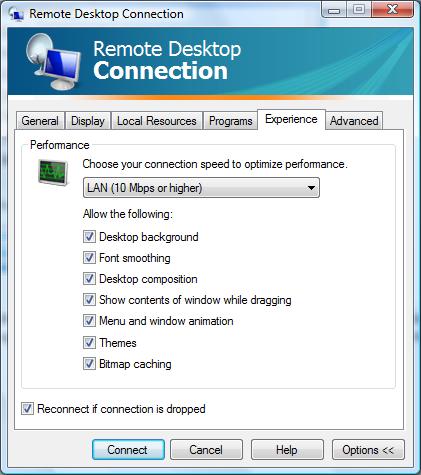
Intuitive InterfaceĬreating new notebooks and adding pages, sections and section groups is very intuitive. Within the notebook pane, you can roll up all its section groups and sections to give more real estate to other notebooks in the pane. Within a notebook, you can roll up sections you’re not immediately working on so they don’t distract you. The setup makes it easy to keep a notebook organized. The section groups and sections form a tree under a notebook. To the left of the page list is a list of your notebooks as well as the section groups and the sections in them. When you create a page, you can give it a title to make it easier to identify in the page list. Sections can be further organized into section groups containing several sections.īeside the content area is a list of pages in a section. The pages in the Outline’s notebook can be organized into sections that can be password-protected and that appear as tabs on top of the content area of the app. You fill a notebook with “pages.” Unlike a page in a paper notebook, though, Outline’s pages are unlimited in length. Like OneNote, Outline mimics an analog notebook.
#Deskconnect desktop review mac#
While Outline is available from the Mac App Store for $39.99, Microsoft sells OneNote for Windows for $69.99. Gorillized just released version 2.0 of its Mac answer to OneNote. That omission has attracted the attention of some Mac developers, however, and among them is Gorillized Corp. The thing is, it doesn’t make it for the Mac. That’s not to say it has ignored the thirst of note-takers - it makes a robust outline-notepad hybrid called OneNote. If you press the Control key before clicking on something in the Recent submenu, you’ll copy the item to the clipboard instead press Command when choosing a transferred file, and it’ll be revealed in the Finder.Note-taking applications are very popular with many users, and that’s probably why developers have flooded Apple’s Mac App Store with those kinds of programs.Ī notable exception, though, has been Microsoft. Choose a URL from the menu, and that URL opens in your default browser. From there, you can opt to send the item to a specific app or save it to a particular destination. When you choose a file, photo, or clipboard from that list, a preview of the item opens in DeskConnect’s built-in file viewer.

Sending a URL from your iOS browser is a bit more complicated, as it requires the installation and configuration of a special bookmarklet in my testing, once that little hurdle was crossed, sharing worked well.Īfter you’ve sent something from an iOS device, it should show up in the Mac app’s Recent list in the systemwide menu. Sharing data works just as easily the other way: Open the iOS app on your iPhone or iPad, and you can choose to send a photo (selected from any album in Photos), a document from a compatible app (DeskConnect installs an Open in DeskConnect option in the iOS Share sheet), or send the contents of the iOS clipboard. And DeskConnect has some Automator and AppleScript support for for more advanced uses. You can also select a phone number in your Mac’s Contacts app and use DeskConnect to send it directly to your iPhone’s phone app. For example, if you have a map open in your desktop browser, sending that URL to an iOS device results in the map opening in your iOS mapping app of choice (Maps, Google Maps, or Waze). The DeskConnect apps are smart enough to handle special URLs, too. The URL automatically opens on that device in the browser you’ve designated. Similarly, if you want to share a URL that’s open in your desktop browser, just make sure your browser is frontmost and then choose a device from the DeskConnect menu. You can also select text in a Mac app, and then choose a destination device in the DeskConnect menu the selection is sent to the DeskConnect app on that device, where you can choose to open the text in Messages, Mail, Twitter, Facebook, a text editor, and so on. DeskConnect 1.1.1 fixed the problem.) You receive-almost immediately-a push notification on the destination device that the file has been received.

(Note that DeskConnect’s file-dragging feature was initially broken when Apple released OS X 10.9.2. On the Mac, you can simply drag a file from the Finder to the DeckConnect icon in the menubar that opens a menu from which you can choose the iOS device to which you want to send the item.

DeskConnect for Mac’s menu shows you the iOS devices you can send to.
#Deskconnect desktop review for mac#
Once you install the free DeskConnect apps for Mac (Īpp Store link) on your various devices, and set up a free account, you can share photos, webpages, document files, and clipboard contents between the two platforms using DeskConnect clients for OS X and iOS. That’s the problem that DeskConnect seeks to solve, and by and large, it does a good job.


 0 kommentar(er)
0 kommentar(er)
